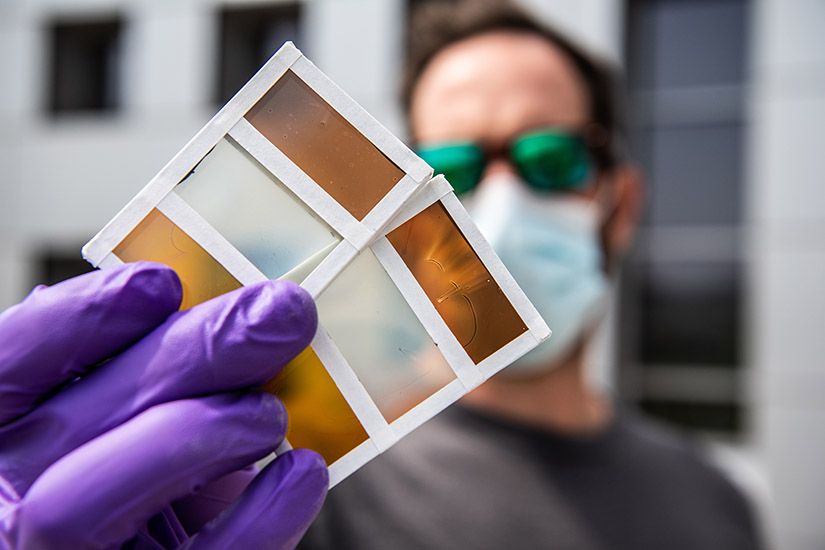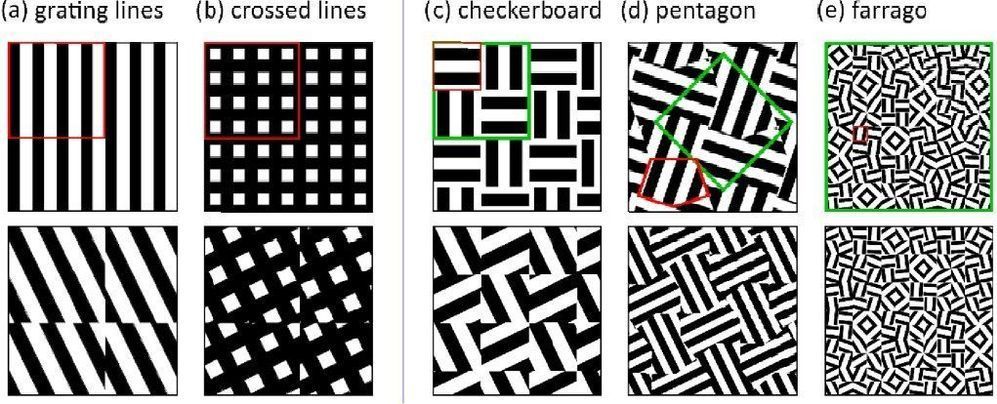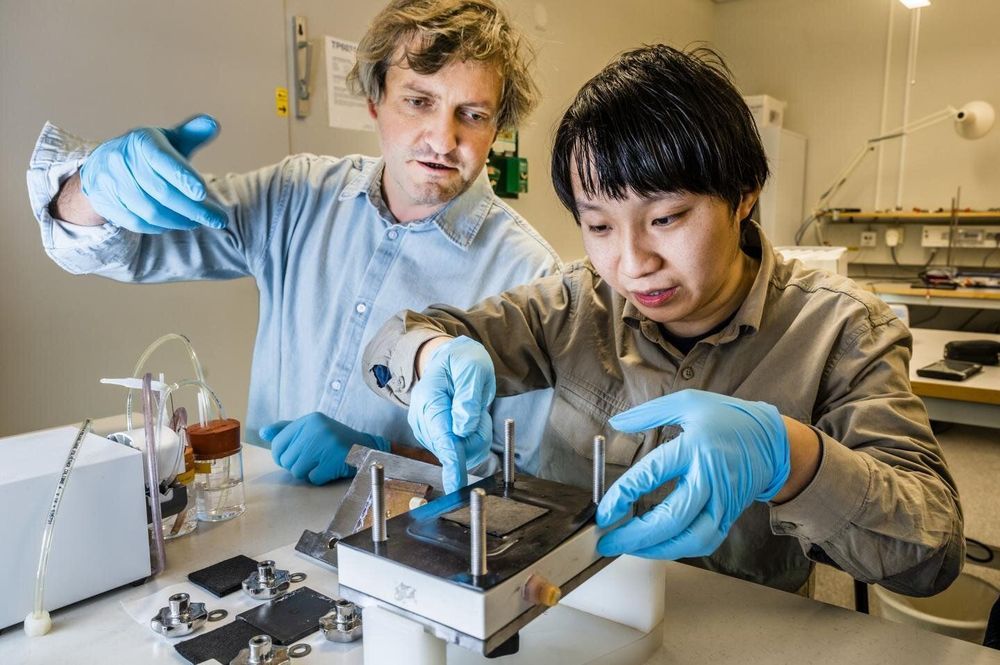Oct 22, 2020
World’s Largest Solar Farm to Be Built in Australia — But They Won’t Get The Power
Posted by Raphael Ramos in categories: solar power, sustainability
It looks like Australia with be exporting solar power to other countries with less space.
A major renewable energy project in Australia billed as the world’s largest solar farm in development has had its proposed location revealed.
The AUD$20 billion facility – the heart of an ambitious electricity network called the Australia–ASEAN Power Link – will be built at a remote cattle station in the Northern Territory, roughly halfway between Darwin and Alice Springs.

















